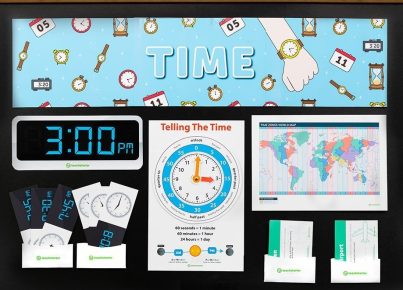Introduction
Introducing the concept of the judicial branch to elementary students is a great way to help them understand the importance of law in a democratic society. These 20 activities will spark their interest and give them a better understanding of the workings of the judicial system.
1. Mock Trials: Organize simple mock trials based on children’s stories or fictional scenarios. Assign roles such as the judge, jury, defendant, plaintiff, and attorneys.
2. Role-Play: Invite a local judge or attorney to imitate a courtroom setting and discuss their roles in detail.
3. Courtroom Vocabulary Game: Create flashcards with legal terms and play a game where students have to match the terms with their definitions.
4. Famous Court Cases: Research and discuss famous court cases, like Brown v. Board of Education, and analyze their impact on society.
5. Create Laws: Encourage students to create their own laws and explain the reasons behind their decisions.
6. Field Trip: Take a field trip to visit a nearby courthouse or watch an actual court proceeding.
7. Voting Rights Simulation: Simulate voting rights for various historical scenarios and ask students to justify why certain groups should be given the right to vote.
8. Write a Constitution: Assign groups to write a constitution for an imaginary country, focusing on the judicial branch’s role.
9. ‘What If’ Questions: Discuss hypothetical situations that would require legal intervention.
10. Balancing Scales Activity: Introduce the concept of justice using physical scales, illustrating how the judicial system seeks balance.
11. Judge for a Day: Allow students to take turns being “judge” for minor classroom rule infractions.
12. Jury Duty: Simulate jury selection by discussing criteria that should be considered for juror eligibility.
13. Bill of Rights Game: Create games that help students understand each amendment from The Bill of Rights.
14. Draw a Judge: Instruct students to draw a judge and write about their responsibilities and duties.
15. Compare Different Systems: Research various judicial systems and compare their differences and similarities.
16. Judicial Branch Crossword Puzzle: Create a crossword puzzle that introduces legal terms and facts related to the judicial branch.
17. Skits: Encourage students to stage short skits illustrating different court proceedings, such as civil or criminal cases.
18. Video Library: Collect educational videos that showcase courtroom dramas, documentaries, or informative content about the judicial branch.
19. Courtroom Exhibits: Assign students specific court cases and ask them to create visual exhibits demonstrating each case’s unique aspects.
20. Reflective Essay: Ask students to write an essay reflecting on what they learned about the judicial branch and its importance in a democratic society.
Conclusion
The activities mentioned above are designed to help elementary students grasp the concept of the judicial branch and its role in our society. With hands-on experience, engaging discussions, and creative projects, children will develop a strong foundation in understanding the importance of law within a democracy.





